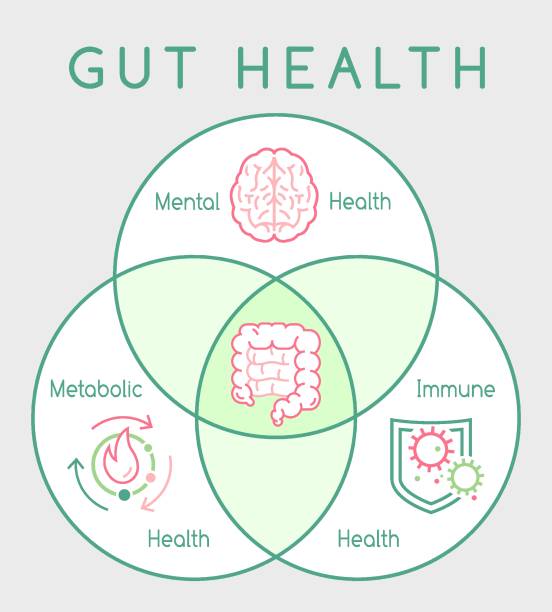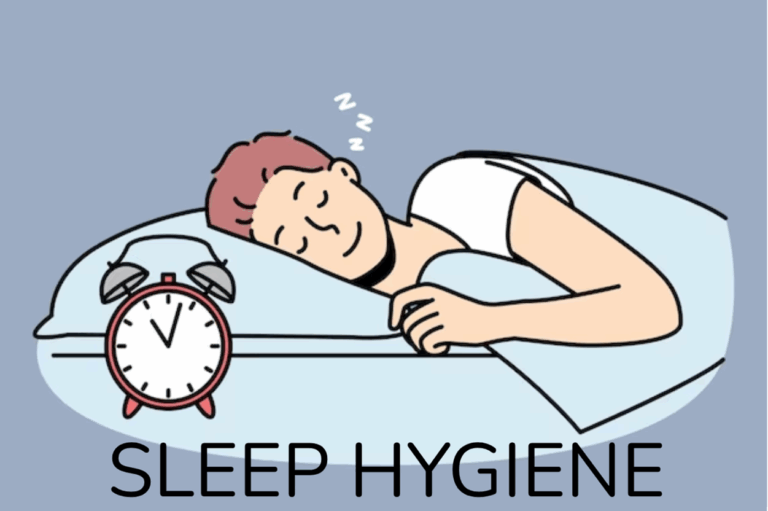
In a world full of distractions and stress, mindfulness meditation has emerged as a simple yet powerful tool to improve mental health, focus, and emotional resilience.
Even just 10 minutes a day can shift your brain, reduce anxiety, and enhance your well-being.
What Is Mindfulness Meditation?
Mindfulness meditation involves paying full attention to the present moment—your breath, sensations, thoughts—without judgment.
It’s about observing rather than reacting, cultivating calm awareness.
The Science Behind Mindfulness
Research shows mindfulness can:
- Reduce stress hormones like cortisol
- Lower symptoms of anxiety and depression
- Improve attention and working memory
- Enhance emotional regulation
- Increase gray matter in brain areas linked to learning and empathy
How to Practice Mindfulness Meditation
Step 1: Find a Quiet Spot
Sit comfortably with your back straight.
Step 2: Focus on Your Breath
Notice the sensation of each inhale and exhale.
Step 3: Notice When Your Mind Wanders
Gently bring your attention back without self-criticism.
Step 4: Start Small and Build
Begin with 5–10 minutes daily. Increase as comfortable.
Tips for Success
- Practice consistently, even on busy days
- Use guided apps (Headspace, Calm, Insight Timer)
- Combine with mindful walking or eating
- Be patient—benefits grow over time
Mindfulness Beyond Meditation
Apply mindfulness to daily life:
- Pause before reacting
- Notice emotions and bodily sensations
- Engage fully in activities
- Practice gratitude regularly
Final Thoughts
Mindfulness meditation is accessible, free, and backed by science. It helps quiet the noise, improve mental clarity, and build emotional strength.
Starting small can lead to profound life changes.







